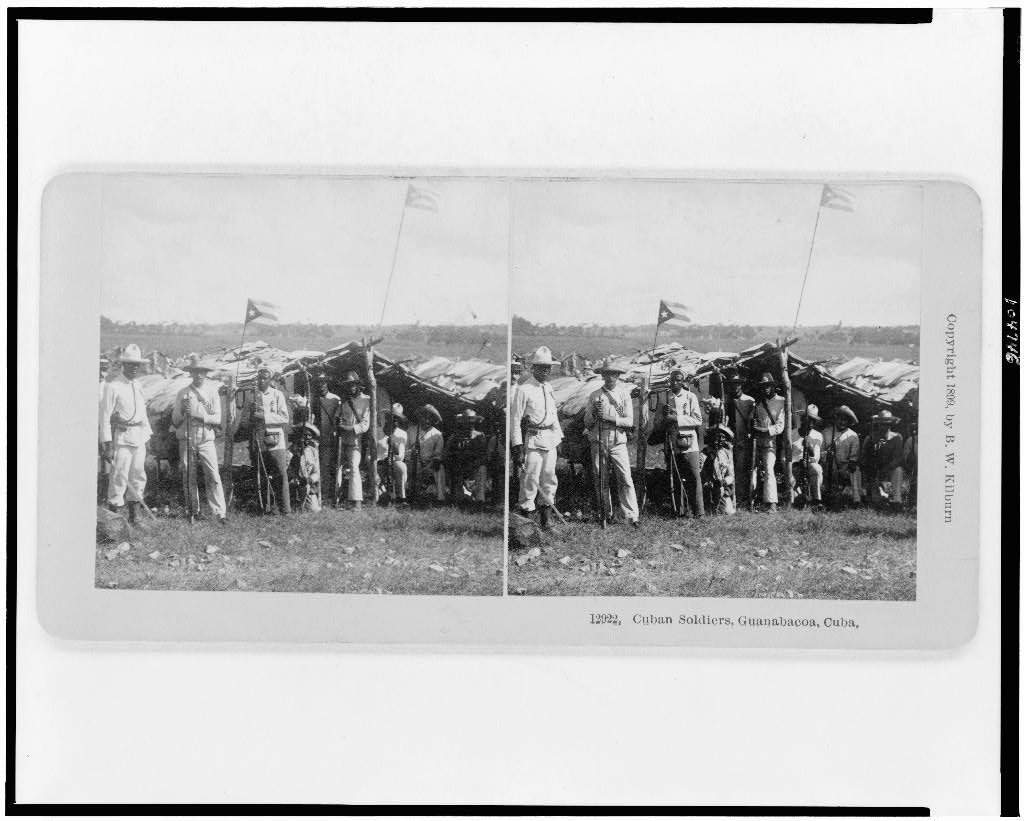Spanish-American War
The Spanish-American War, 1898
The Spanish-American War of 1898 ended Spain’s colonial empire in the Western Hemisphere and secured the position of the United States as a Pacific power. U.S. victory in the war produced a peace treaty that compelled the Spanish to relinquish claims on Cuba, and to cede sovereignty over Guam, Puerto Rico, and the Philippines to the United States. The United States also annexed the independent state of Hawaii during the conflict. Thus, the war enabled the United States to establish its predominance in the Caribbean region and to pursue its strategic and economic interests in Asia.
— Office of the Historian
The Spanish-American War, 1898. Office of the Historian.
"On April 25, 1898 the United States declared war on Spain following the sinking of the Battleship Maine in Havana harbor on February 15, 1898. The war ended with the signing of the Treaty of Paris on December 10, 1898. As a result Spain lost its control over the remains of its overseas empire — Cuba, Puerto Rico, the Philippines Islands, Guam, and other islands."
— The World of 1898: The Spanish-American War, Hispanic Division, Library of Congress.


Link to the image. Library of Congress.

Link to the image. Library of Congress.
Overview of Cuba during the War. Library of Congress.












0 comments
Sign in or create a free account